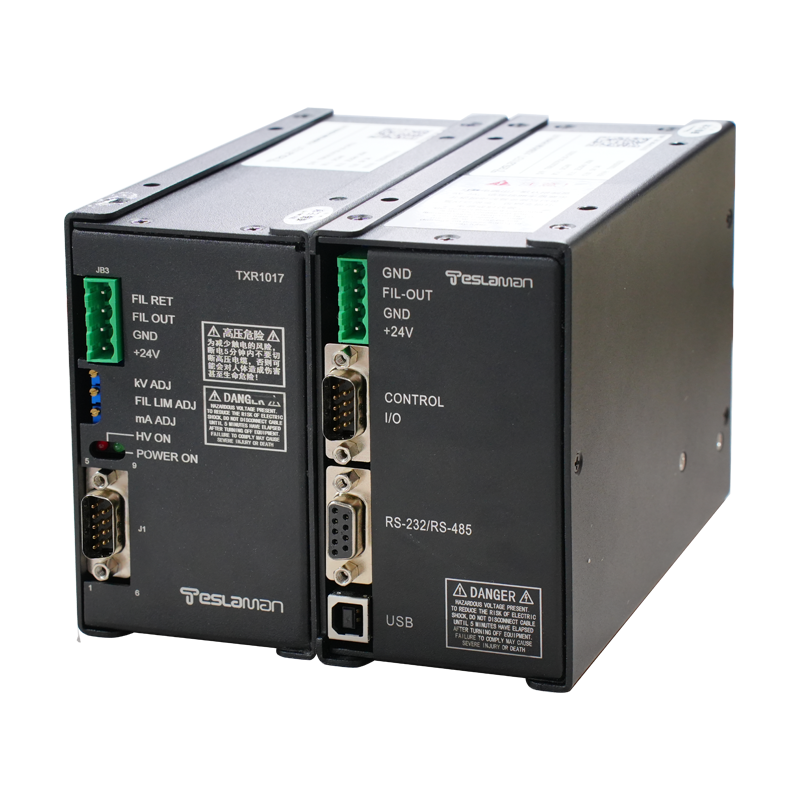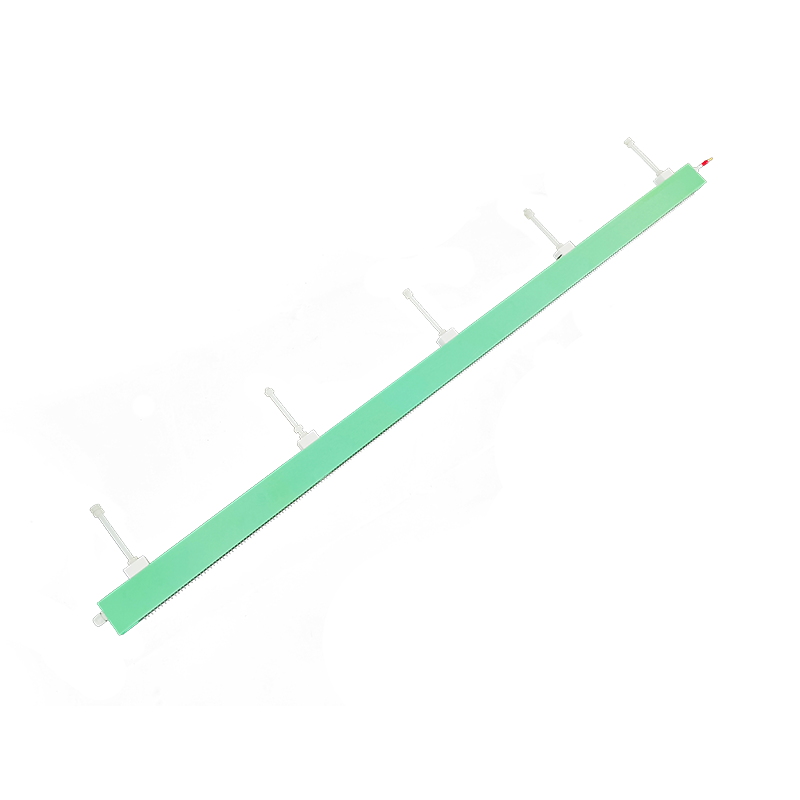High-voltage power supply in the application of electrostatic bonding
Abstract
Electrostatic bonding is a technology widely used in micro-nano manufacturing, packaging, and integration fields. This paper will introduce in detail the role and application of high-voltage power supplies in the electrostatic bonding process, including power supply design, parameter selection, and optimization methods. At the same time, it will also explore the development trends and challenges of high-voltage power supplies, providing reference for further research and application of electrostatic bonding technology.
I. Introduction
With the development of micro-nano manufacturing technology, there are increasing requirements for device size, performance, and integration. Electrostatic bonding, as a non-contact, low-heat input connection technology, has the advantages of high reliability, low failure rate, and good electrical performance, and has been widely used in microelectronics, optoelectronics, biomedical, and other fields. One of the key equipment for electrostatic bonding is a high-voltage power supply, whose output voltage, current, and stability parameters directly affect the bonding effect and quality. Therefore, in-depth study of the application of high-voltage power supplies in electrostatic bonding is of great significance.
II. High-voltage power supply design
1. Circuit topology structure
The design of high-voltage power supplies mainly includes the selection of circuit topology structure and the formulation of control strategies. Common circuit topology structures include linear power supplies, switching power supplies, pulse power supplies, etc. Linear power supplies have stable output and small ripple, but they are large in volume and low in efficiency; Switching power supplies are highly efficient and small in size, but their output ripple is relatively large; Pulse power supplies have the advantages of large instantaneous power and fast response speed, making them suitable for high-power, short-time applications such as electrostatic bonding. Considering comprehensively, pulse power supplies are more suitable for the design of high-voltage power supplies for electrostatic bonding.
2. Control strategy
Control strategy is the key to achieving stable output of high-voltage power supplies. Common control strategies include PWM control, PFM control, PWM and PFM hybrid control, etc. PWM control has the advantages of stable output voltage and ease of implementation, but the switching frequency is relatively high, which may lead to electromagnetic interference problems; PFM control has lower switching frequency, which is beneficial to reducing electromagnetic interference, but its output voltage stability is poor; PWM and PFM hybrid control combines the advantages of PWM control and PFM control, ensuring stable output voltage while reducing switching frequency and electromagnetic interference. Therefore, PWM and PFM hybrid control strategy is more suitable for the design of high-voltage power supplies for electrostatic bonding.
III. High-voltage power supply parameter selection
1. Output voltage
The voltage demand of electrostatic bonding depends on the bonding material and process. In general, the higher the output voltage, the greater the bonding strength, but excessively high voltage may cause material damage or thermal effects. Therefore, appropriate output voltage should be selected according to specific application requirements.
2. Output current
The current demand of electrostatic bonding depends on the bonding area and material properties. In general, the larger the output current, the faster the bonding speed, but excessive current may cause material melting or thermal effects. Therefore, appropriate output current should be selected according to specific application requirements.
3. Pulse width and pulse frequency
Pulse width and pulse frequency directly affect the bonding effect and efficiency. The wider the pulse width, the better the bonding effect, but it may lead to heat accumulation; The higher the pulse frequency, the higher the bonding efficiency, but it may affect the bonding effect. Therefore, appropriate pulse width and pulse frequency should be selected according to specific application requirements and material properties.
IV. Optimization methods for high-voltage power supplies
1. Closed-loop control
In order to improve the output stability and accuracy of high-voltage power supplies, closed-loop control strategies can be adopted. By monitoring the output voltage and current in real time, adjusting the duty cycle or switching frequency of the switch tube, the output voltage and current can be kept stable.
2. Soft start and overcurrent protection
To avoid material damage or equipment failure caused by sudden changes in voltage or current during the electrostatic bonding process, soft start and overcurrent protection functions can be added to the high-voltage power supply. When the output voltage or current reaches the set value, gradually increase the output power to avoid inrush current; When the output current exceeds the set threshold, immediately turn off the output to protect the equipment and materials.
V. Development trends and challenges
With the continuous development of micro-nano manufacturing technology, there are increasingly high demands for electrostatic bonding. The future development trends and challenges of high-voltage power supplies are mainly reflected in the following aspects:
1. High power, high efficiency: With the development of bonding materials and processes, there are increasing requirements for the output power and efficiency of high-voltage power supplies. How to achieve high-power, high-efficiency high-voltage power supply design will become an important research direction.
2. Miniaturization and integration: With the advancement of micro-nano manufacturing technology, there are increasingly strict requirements for the volume and weight of high-voltage power supplies. How to realize miniaturized and integrated high-voltage power supply design will become another important research direction.
3. Intelligent control: With the development of artificial intelligence technology, there are increasing requirements for intelligent control of high-voltage power supplies. How to realize intelligent control of high-voltage power supply design will become a new research direction.
4. Safety and reliability: During the electrostatic bonding process, high voltage, large current, and high heat may be generated. Ensuring the safety and reliability of high-voltage power supplies will become a major challenge.
VI. Conclusion
High-voltage power supplies play a crucial role in electrostatic bonding. This paper introduces in detail the design, parameter selection, and optimization methods of high-voltage power supplies, and explores the development trends and challenges. It is hoped that this paper can provide reference for further research and application of electrostatic bonding technology.




















